General Info – summary
This usually dioecious, small Tree with resinous twigs is up to 5m high. It is usually a shrub. Grey bark is finely fissured and has red underbark. Simple, narrow, hairless, entire Leaves are resinous, sticky and lack stipules. Small, wind pollinated, 4-merous Flowers develop in racemes and lack petals. Male flowers have 8 stamens. Fruit is an attractive capsule with 2-3 membranous wings. Seeds are small, dark and shiny.
Description
Dodonaea viscosa
(2 varities in SA)
- var. angustifolia: SA Tree no 437. Has a narrow leaf – Latin angustus (narrow) and folium (leaf). Previous names: Dodonaea angustifolia, Dodonaea thunbergiana, Dodonaea thunbergiana. var. linearis, Dodonaea viscosa subsp. angustifolia. Common names: (Afr) Bosysterhout, Sandolien, Sandolyf, Ysterbos, Ysterhouttoppe. (Eng) Narrow-leaf Sand Olive, Olive, Sand Olive. (siSwati) Iheji.
- var. viscosa: SA Tree no 437.1. Has longer, usually wider leaves with conspicuous veins. Previous name: Dodonaea viscosa Jacq. subsp. viscosa. Common names: (Afr) Makkaree, Sandolien. (Eng) Sand-olive.
Family: Sapindaceae. (Soapberry and Litchi family). This family has 135 genera and about 1 800 species. The alternate, usually compound Leaves often lack stipules (leaf stalk) and have a swollen base. The small, usually unisexual, Flowers may be regular or irregular and develop in racemes or panicles. The Calyx has 4-5 lobes and, when present, the Corolla has 3-5 petals. There are between 5 and 24 Stamens, which have free Filaments and the Anthers have 2 pollen sacs. The superior Ovary may have up to 3 styles, each ending in a simple stigma. There are 27 species in 14 genera in southern Africa. Local genera with trees on this website include Allophylus, Atalaya, Dodonaea, Erythrophysa, Filicium, Hippobromus, Pappea, Smelophyllum and Stadmannia.
Name derivation: Dodonaea – after Rembert Dodoens (1517-1585); a botanist and professor of medicine at Leiden. His book “Histoire des Plantes” was translated and used as a reference book for more than 200 years. viscosa sticky – referring to the gummy leaves. All species of Dodonaea are trees or shrubs and flowers lack petals.
Conservation: National Status: L. C. Least Concern. Assessment date: 2006. Assessor: F. Cholo.
Tree
This Tree, with its low branches, is usually up to 5m high in South Africa and may reach 9m further north. It is usually a multi-stemmed shrub (photo 402). The Bark is grey, finely fissured and longitudinally striated, revealing a red underbark (photo 395). Resinous, smooth and hairy Twigs (1-year-old current branch segments) are angular and reddish brown/grey (photo 360).
- 439. 2018/04/25 Nylsvley NR Photo: David Becking.
- 360. 2018/04/24 Nylsvley Photo David Becking.
- 402. 2017/08/15 Pretoria NBG. Photo: David Becking.
- 395. 2017/08/15 Pretoria NBG. Photo: David Becking.
Leaves
The hairless, variable and alternate / spirally arranged Leaves are borne towards the ends of branches (photo 360 above). The drooping leaves on this evergreen plant are glossy, light olive green above and lighter below (photo 397). They are simple (have a single blade which may have incisions that are not deep enough to divide the blade into leaflets – photo 400) and the Margins are entire (with a continuous margin, not in any way indented). Leaves are sticky, resinous and may be wavy. The resin makes the leaves shine and this helps in identification. Leaf shape is narrowly to widely elliptic or oblanceolate (the reverse of lanceolate, the leaf is broader at the apical third than at the middle and tapers towards the base). The Apex and Base are both narrowly tapering (the base more so. The Midrib is clearly visible on both sides. The veins are more visible below and are best seen when viewed against a strong light. The morning sun was used (photo 359) and here the neat, parallel lateral veins are visible. In this photo, the veins loop and join before reaching the margin. The Petiole (leaf stalk – photo 397) is up to 6mm long and Stipules (basal appendages of the petiole) are absent. (Apr-Sep).
- 400. 2017/08/15 Pretoria NBG. Photo: David Becking.
- 397. 2017/08/15 Pretoria NBG. Photo: David Becking.
- 359. 2018/04/24 Nylsvely NR. Photo: David Becking. Leaf against the sun.
Flowers
This plant is usually dioecious (unisexual floral structures with male and female parts on separate plants – (photos 409 & 355) but he 4-merous Flowers may also be bisexual. Each flower rests on a slender pedicel (stalk of a single flower) and the flowers occur in axillary positions at branch ends (photo 409). The many flowers are contained in racemes (a simple, unbranched, indeterminate inflorescence with stalked flowers). There are 3-7 hairy Sepals (4-green in photo 356). The absent Petals may be an adaptation to anemophilous (wind pollination). There are 4-8 Stamens in Male Flowers (photo 355 shows 8). The longitudinally dehiscent Anthers (photo 357) are much longer than the Filaments. The ovary is rudimentary in male flowers. In Female flowers, the stamens are rudimentary or sterile. The 2-4 locular sessile and superior Ovary has 2 ovules in each locule. The protruding Style has at least 3 divisions (photo 409enl) and each is up to 7mm long (photo 409enl). (Apr-Aug).
- 409. 2018/08/29. Pretoria NBG. Photo: David Becking.
- 355. 2018/04/24 Nylsvley Photo: David Becking.
- 356. 2018/04/24 Nylsvley Photo: David Becking.
- 357. 2018/04/24 Nylsvley Photo: David Becking.
- 409 Enl. 2018/08/29. Pretoria NBG. Photo: David Becking. Enlarged.
Fruit
In photo 07, of the young pendulous fruit, the remains of the Sepals and 3 Styles are still visible. The Fruit is a membranous Capsule (a dry fruit resulting from the maturing of a compound ovary, which usually opens at maturity by one or more lines of dehiscence). The capsules only develop on female or bisexual plants. They are up to 15mm wide, and each contains 2-3 papery wings (photo 185). Here the remains of the now black styles are still visible. The fruit slightly resemble some Combretum fruit but is smaller and has less than 4 wings. The impressive fruit appear in large numbers, and initially, are almost flower-like (photo 389). The papery Wings aid the dispersion by wind. As they mature – which can take 11 months, they change from light green to pink and finally brown (photo 101). These attractive colours may occur simultaneously. The small, dark shiny Seeds (photo 101) have a blunt ridge and are without endosperm (the starch and oil-containing tissue of many seeds; often referred to as the albumen).
- 07. 2018/08/17 Pretoria NBG. Photo: David Becking.
- 185. 2017/09/19 Pretoria NBG. Photo: David Becking.
- 389. 2017/08/15 Pretoria NBG. Photo: David Becking.
- 399. 2017/08/15 Pretoria NBG. Photo: David Becking.
- 101. 2017/12/26 Pretoria NBG. Photo: David Becking.
Distribution & Ecology
These Trees have a wide distribution throughout the tropics of the world including Australia and are widespread in South America. They are found in coastal dunes, woodland, flat and disturbed areas, within mountains, dry forest and in wide ranging rainfall areas. These areas include moist margins of evergreen forests to dry semi desert. The plants are widespread in forest margins and sandy areas – including sand dunes and rocky wooded hill slopes. This plant may develop in abandoned cultivated land, where it may promote the growth of forest trees. In Africa, these plants are located in the Western Cape, Eastern Cape, Kwa-Zulu Natal, Northern Gauteng, Swaziland, Mpumalanga, Mozambique, Namibia and northwards into tropical Africa. In South Africa, they are often found on the northern slopes. CAM (Crassulacean acid metabolism) photosynthesis can occur. (Here the stomata only open at night to preserve moisture. During the night, they collect and store carbon dioxide to use during the day for photosynthesis. This involves closing the Stomata (structures utilising 2 guard cells, which, unlike lenticels, can control the gaseous exchange between the plant and the surrounding atmosphere) during the day – the opposite of most plants. In this way, they substantially reduce loss of water due to evaporation. The stomata then open at night to absorb carbon dioxide, which is stored until daylight and is then used to complete the photosynthesis process. CAM photosynthesis also occurs in many other plants including pineapples.
Viscum capense is a bird dispersed endemic Cape mistletoe that may grow on the stem. It is a Hemi-parasite – (for water and mineral salts but remains photosynthetic). White, sap-sucking scale insect infestation may occur. These insects drain water from the plant and often have a mutualistic relationship with ants. The resinous leaf surface may be the reason for the plants not often grazed.
Ethnobotany
This plant is used in local medicine and is easily grown from seeds or cuttings. Seeds should be soaked in hot water before planting. Plant in direct sunlight in order to allow the red fruit colour to be emphasised. This is a useful, fast growing, garden plant that is drought and fire resistant. It is used to consolidate sand and reclaim marshes. The Wood is very hard and used to make walking sticks, axe handles etc. and is also used as fuel.
References
Boon, R. 2010. Pooley’s Trees of eastern South Africa. Flora and Fauna Publications Trust, Durban.
Burrows, J.E., Burrows, S.M., Lotter, M.C. & Schmidt, E. 2018. Trees and Shrubs Mozambique. Publishing Print Matters (Pty) Ltd. Noordhoek, Cape Town.
Cholo, F. 2006. Dodonaea viscosa Jacq. var. angustifolia (L.f.) Benth. National Assessment: Red List of South African Plants version 2020.1. Accessed on 2022/01/09.
Coates Palgrave, M. 2002. Keith Coates Palgrave Trees of Southern Africa. edn 3. Struik, Cape Town.
Lawrence, G. H. M, 1951. Taxonomy of Vascular Plants. The Macmillan Company, New York. Tenth Printing 1965.
Palmer, E. & Pitman, N. 1972. Trees of southern Africa. Balkema, Amsterdam, Cape Town.
Schmidt, S. Lotter, M. & McCleland, W. 2002. Trees and Shrubs of Mpumalanga and the Kruger National Park.
van Wyk, B. & van Wyk, P. 1997 Field guide to Trees of Southern Africa. Struik, Cape Town.
http://posa.sanbi.org/flora/browse.php?src=SP
https://en.wikipedia.org/wiki/Dodonaea_viscosa

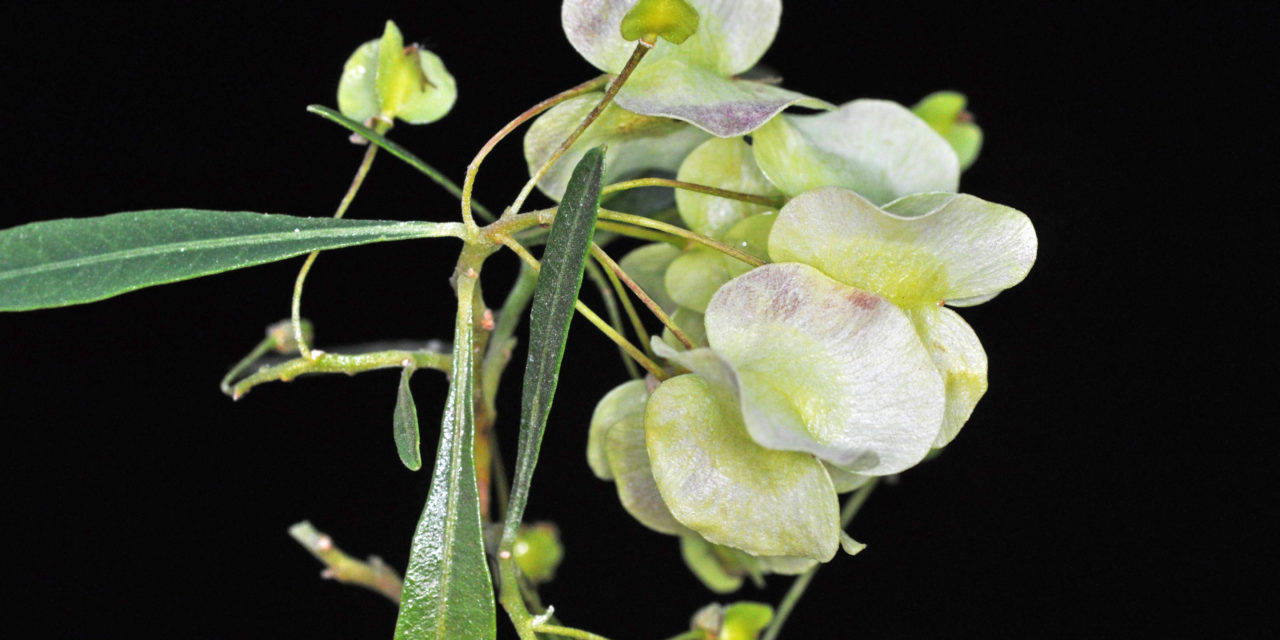
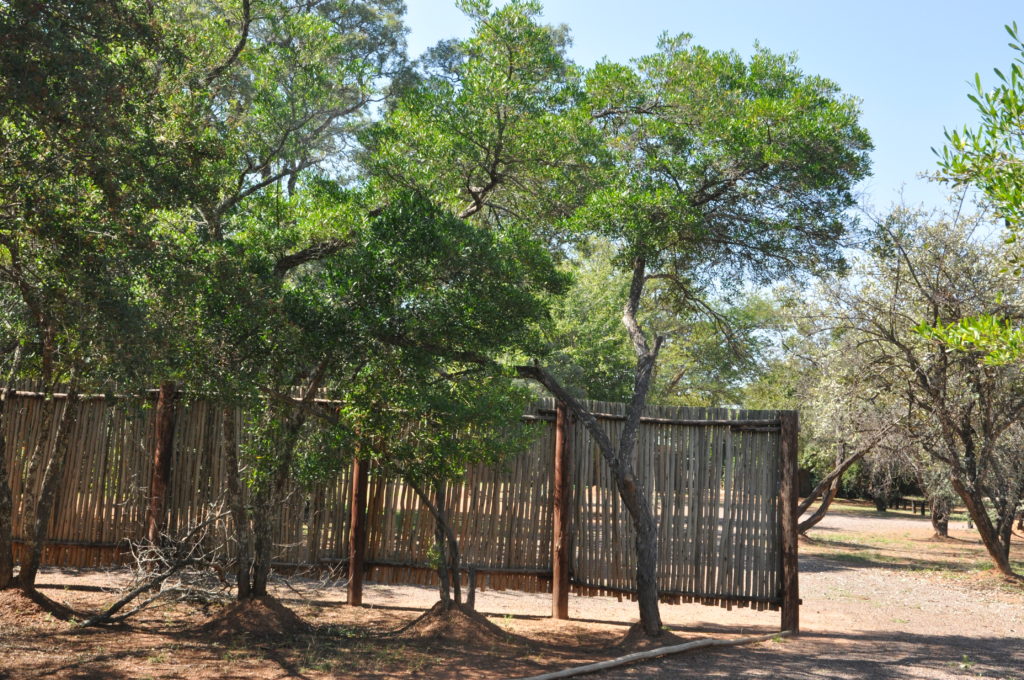

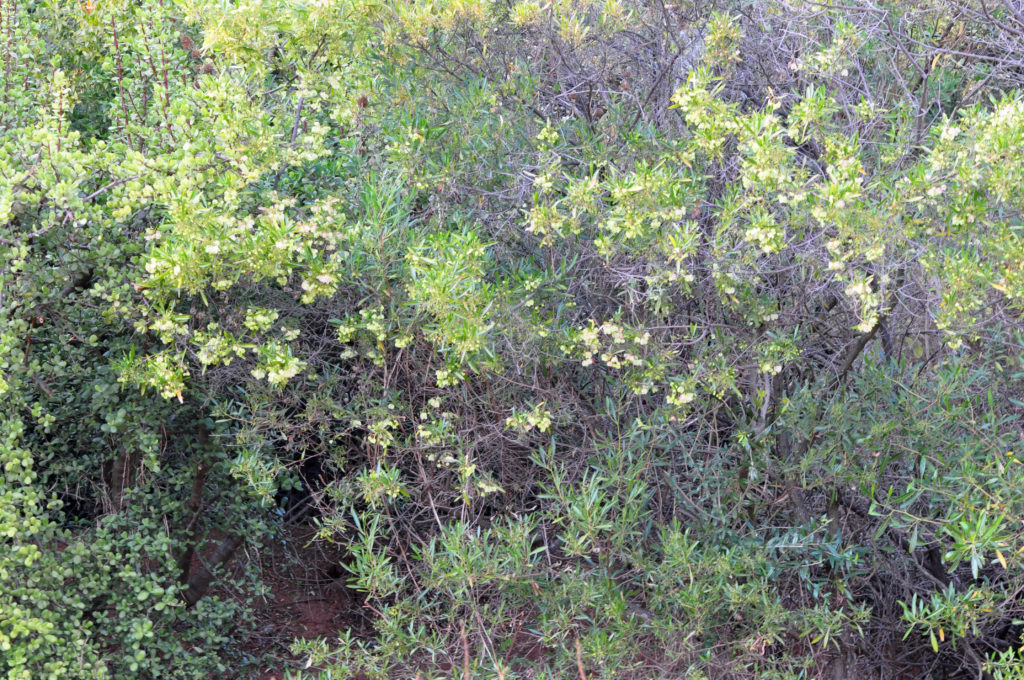
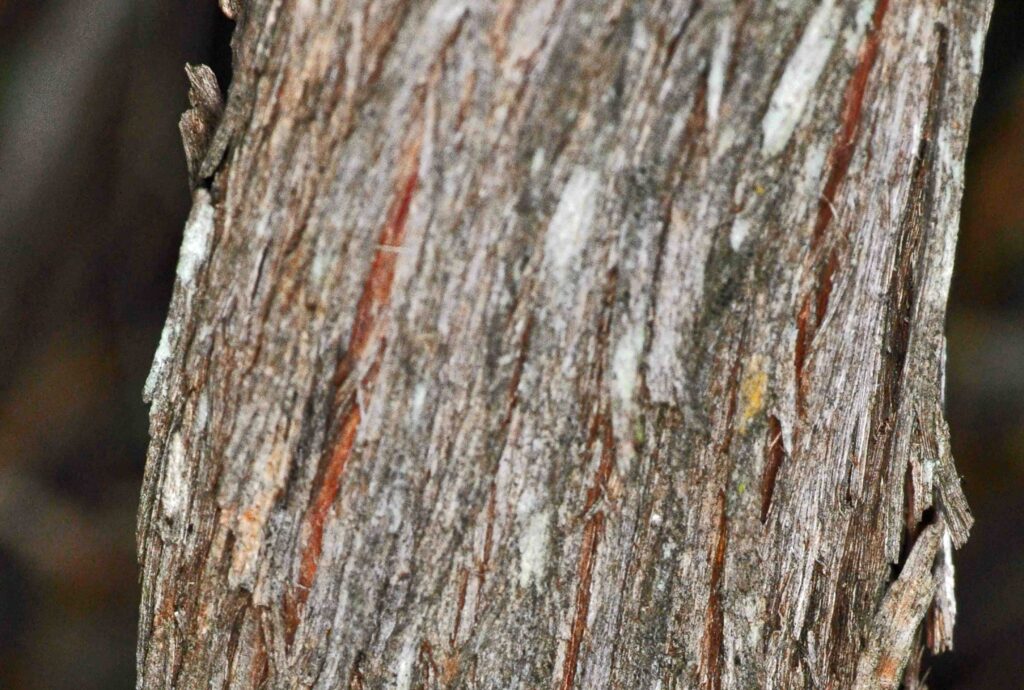
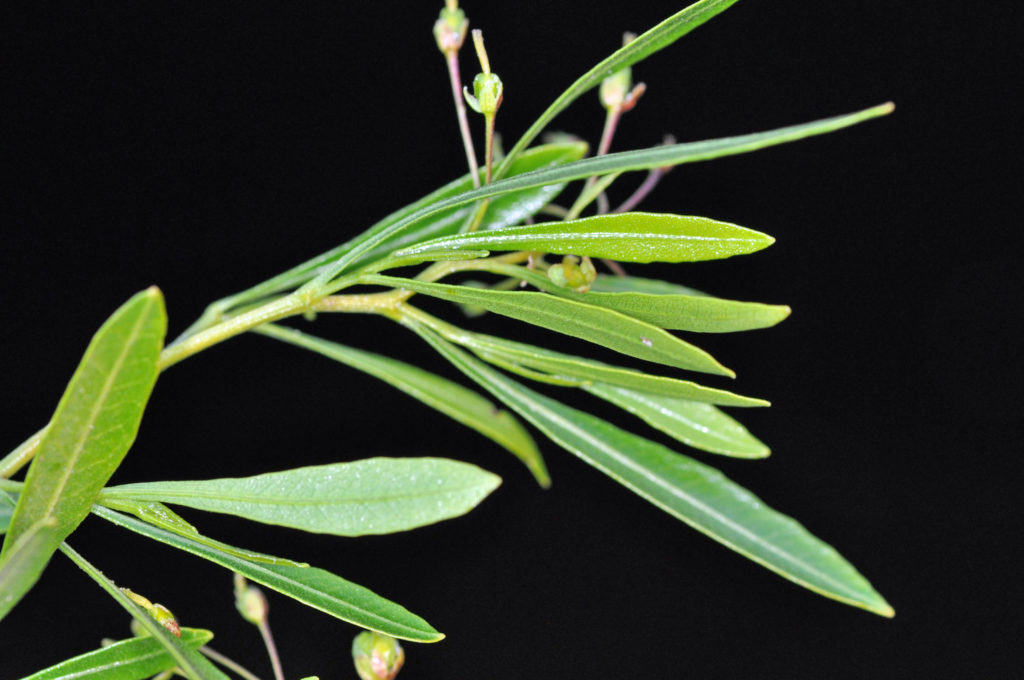
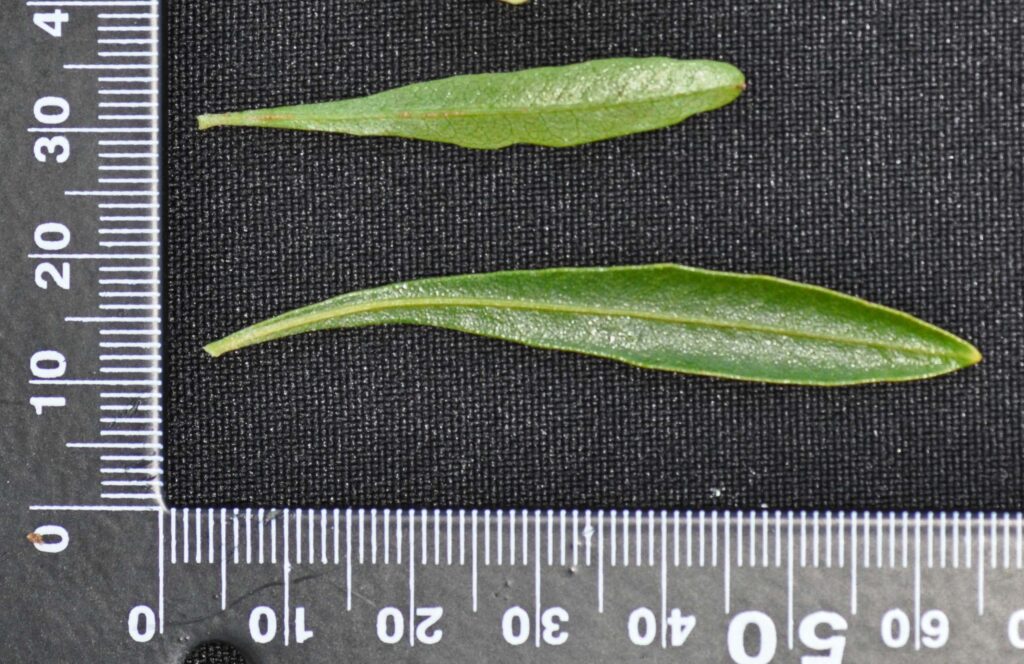
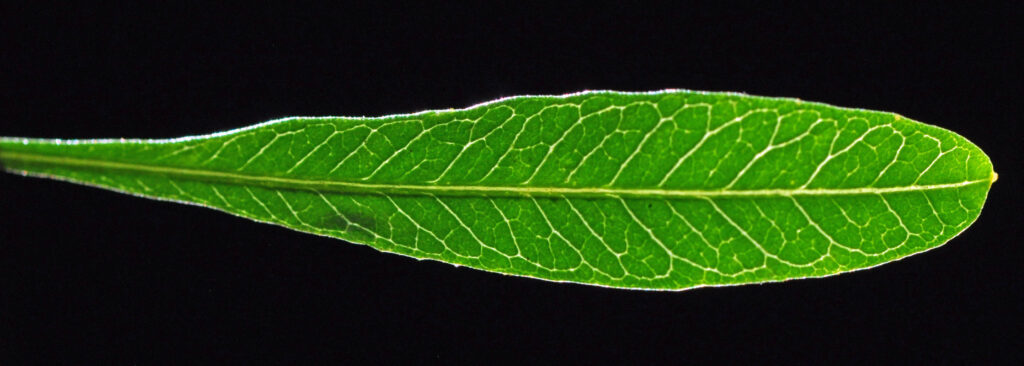
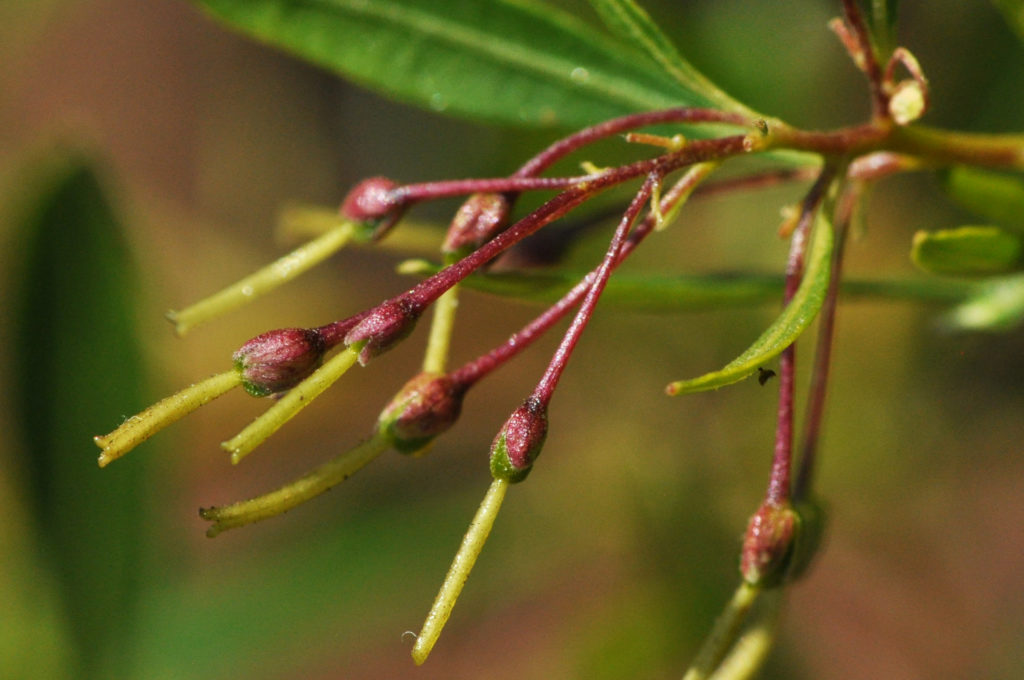
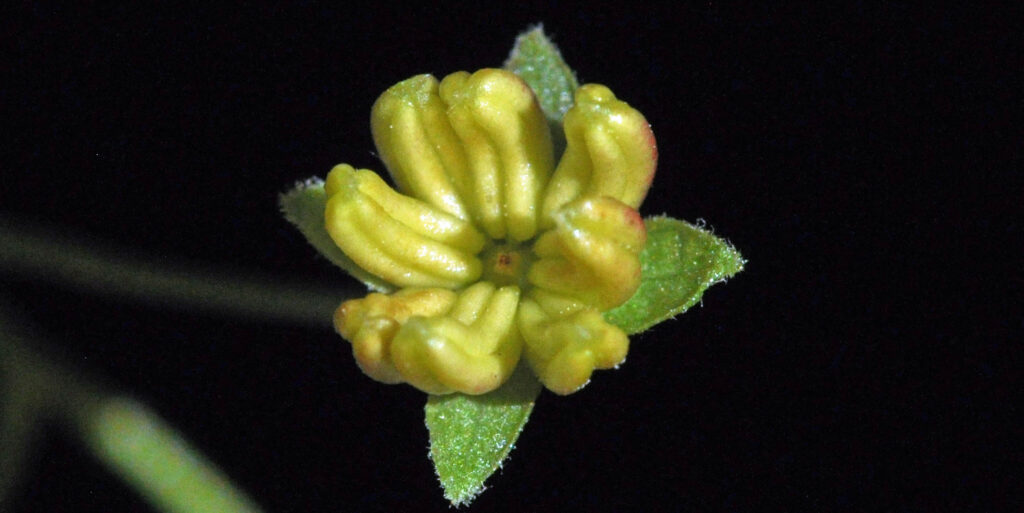
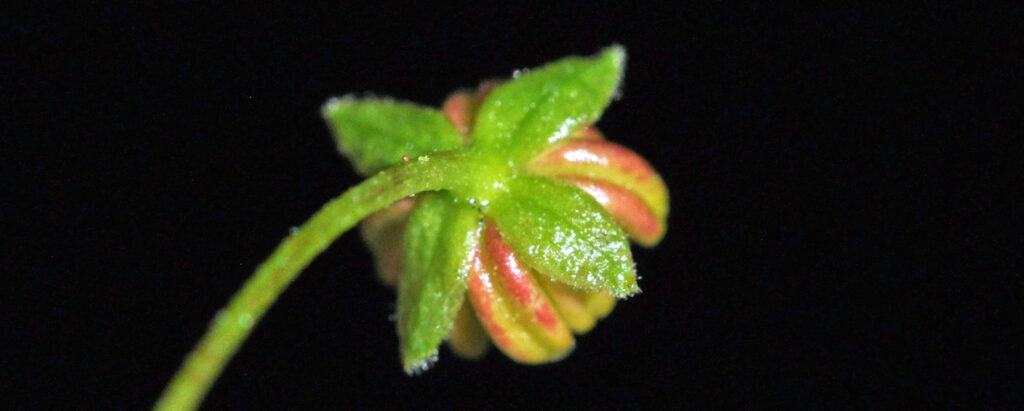
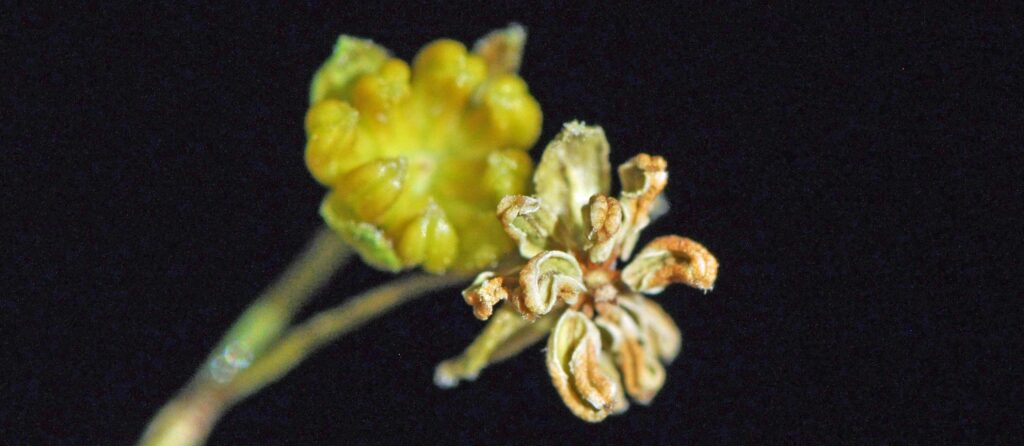
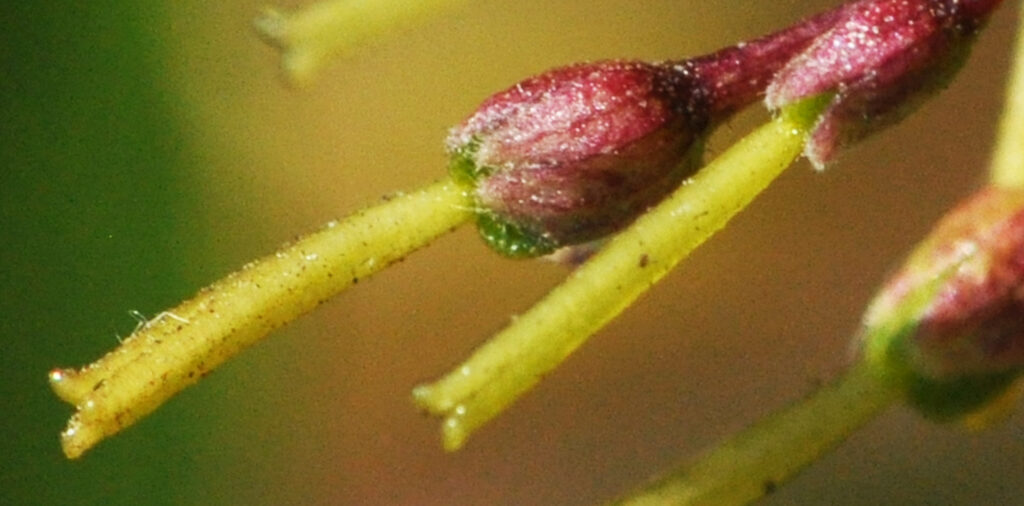
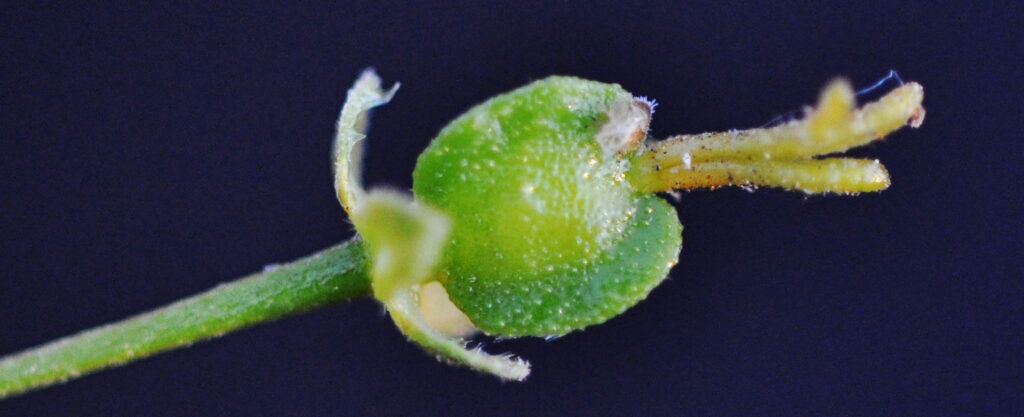
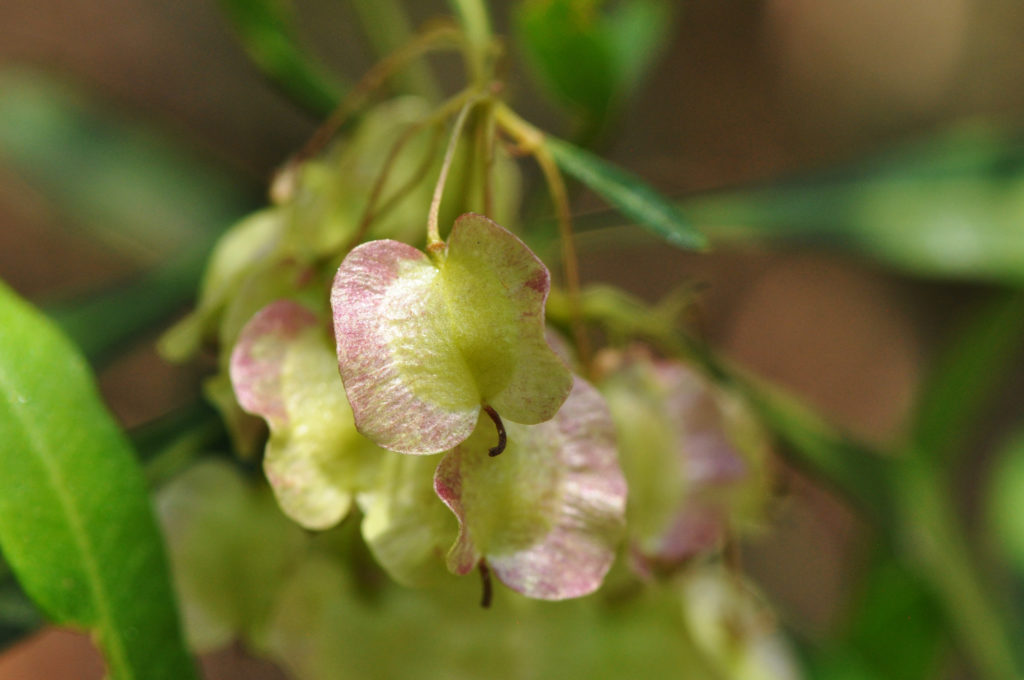
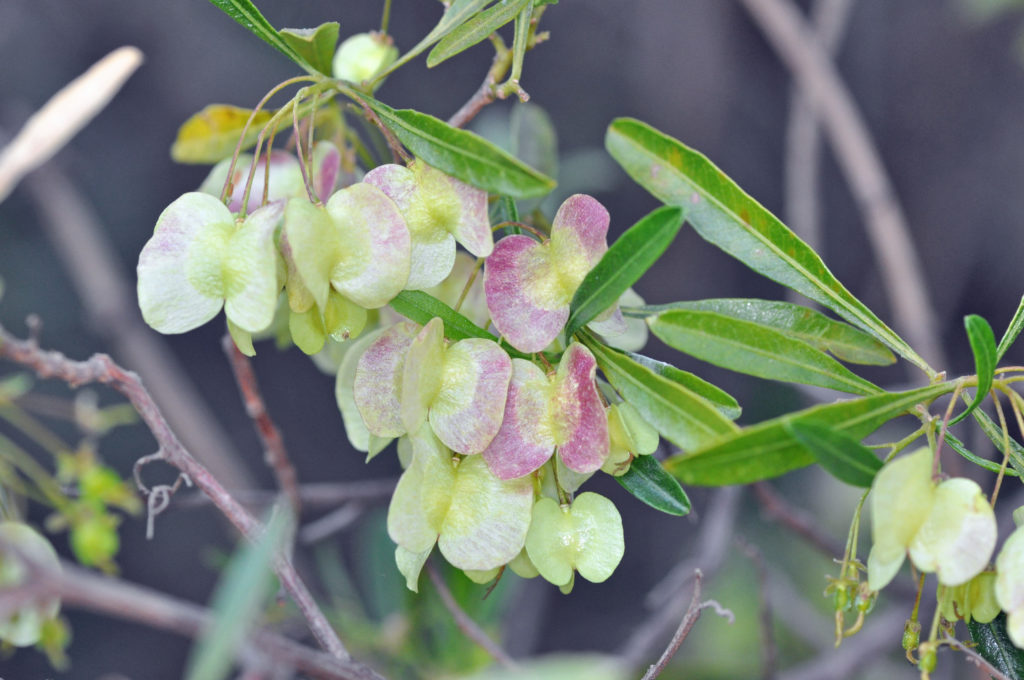
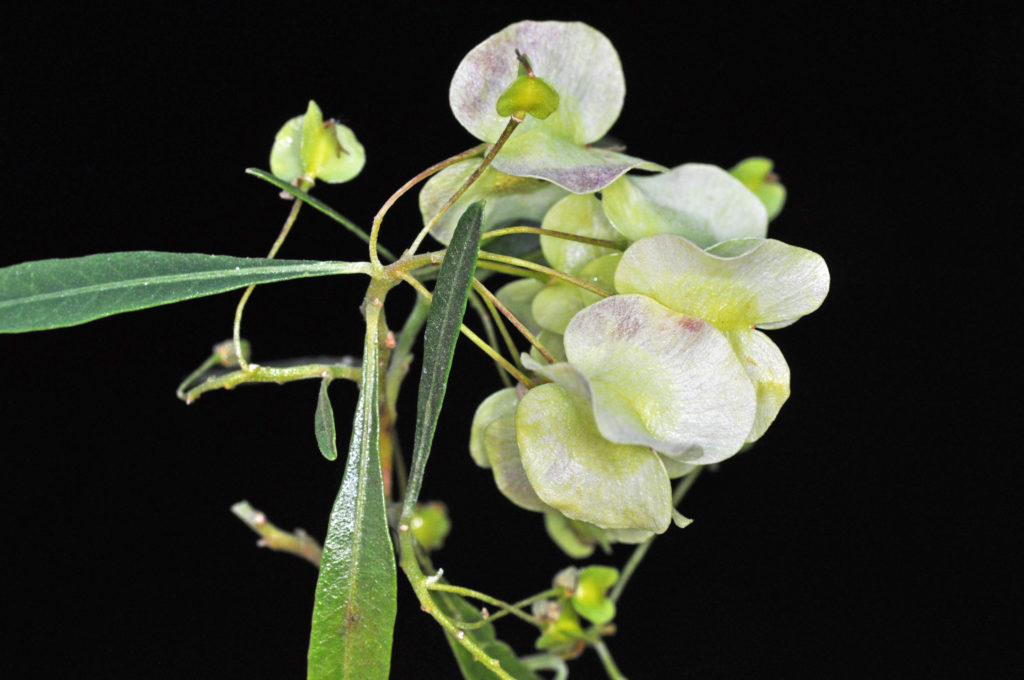
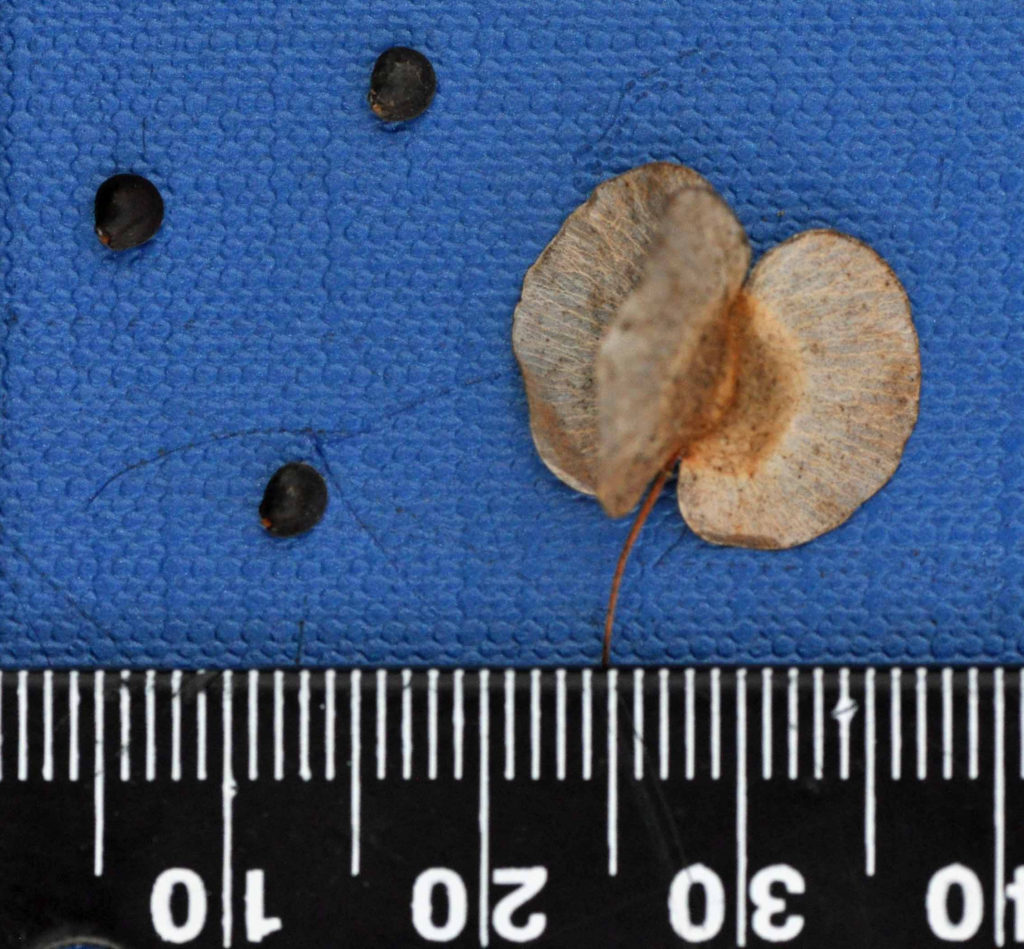
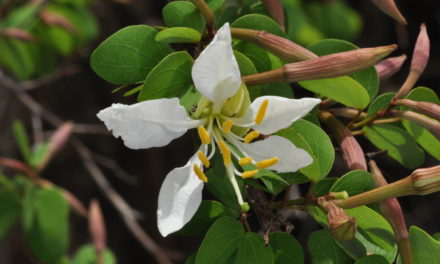
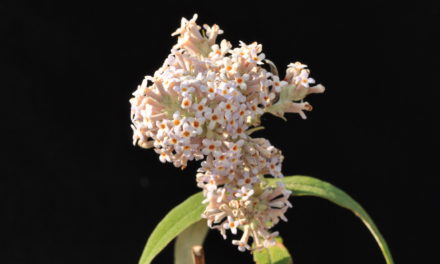
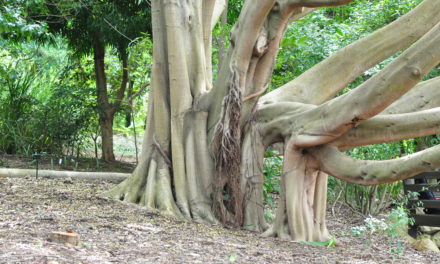
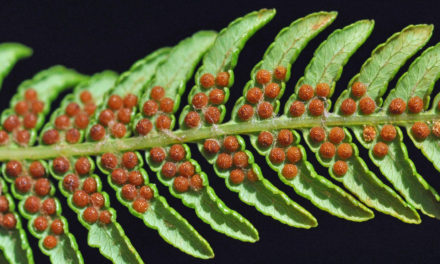
The sand-olive tree. Does it have gum that falls on the ground that are sticky? Are these the trees we normally don’t want to park our cars? Because of the sticky gum left on the car?
Greetings Theresa. I have found no reports suggesting a problem with cars. This relatively small tree is often just a bush and can be kept that way with pruning. Take care and stay safe. David.